Imagine diving into the shimmering turquoise waters of Mexico’s Yucatán Peninsula, only to discover a maze of hidden tunnels beneath the earth—dark, mysterious, and dripping with secrets from both the Ice Age and the ancient Maya civilization. The underwater caves here aren’t just geological wonders—they are time capsules, holding the silent stories of extinct beasts and vanished empires. With every careful swim through these submerged labyrinths, explorers have found themselves unearthing bones that belonged to creatures who walked the earth tens of thousands of years ago and relics once held sacred by the Maya. It’s like finding a forgotten attic, only this one is underwater, pitch-black, and full of jaw-dropping surprises.
A Labyrinth Beneath the Jungle
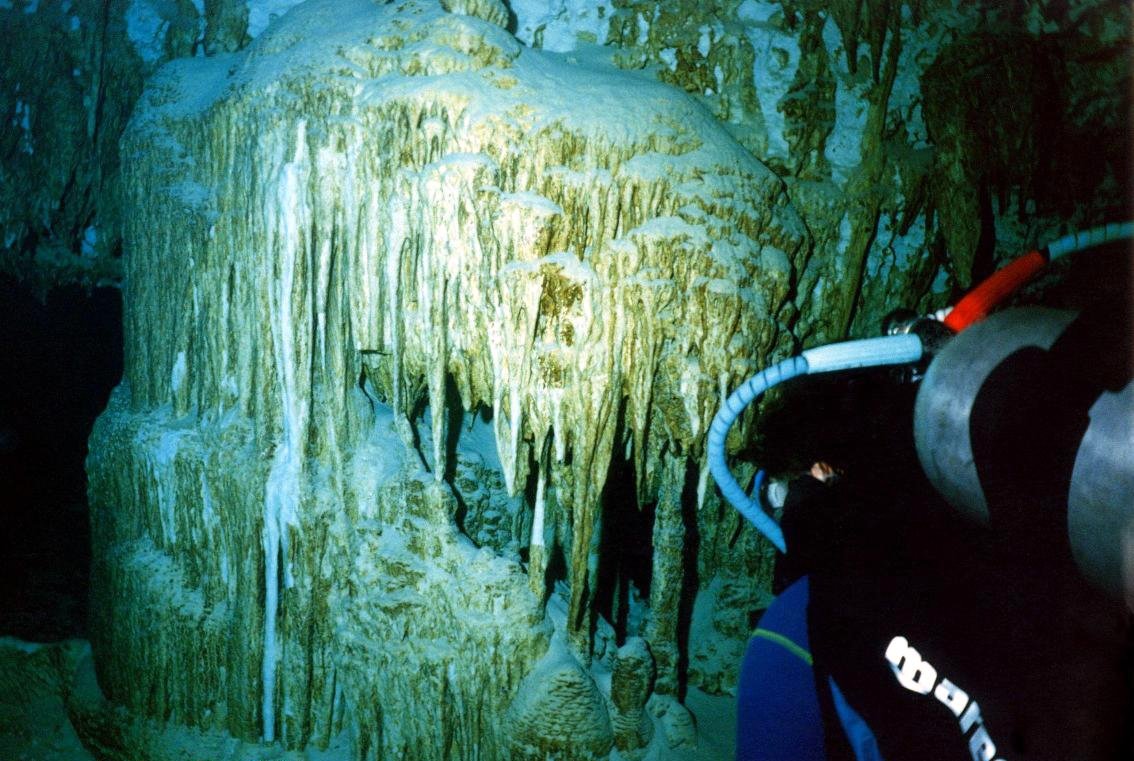
Beneath the lush jungles of the Yucatán Peninsula lies a secret world—a vast network of underwater caves, or “cenotes,” stretching for hundreds of kilometers. These caves formed naturally over millions of years as rainwater slowly dissolved the region’s soft limestone, carving out winding passageways and deep chambers. To the untrained eye, the surface might look like unremarkable woodland, but underneath, these caves twist and turn, creating one of the world’s most extensive underwater cave systems. Divers who enter these submerged worlds often describe a sense of floating through time, surrounded by silence and shadows broken only by the glow of their headlamps. Each tunnel and chamber promises the possibility of uncovering a piece of history untouched for millennia.
The Birth of Cenotes: Nature’s Sinkholes
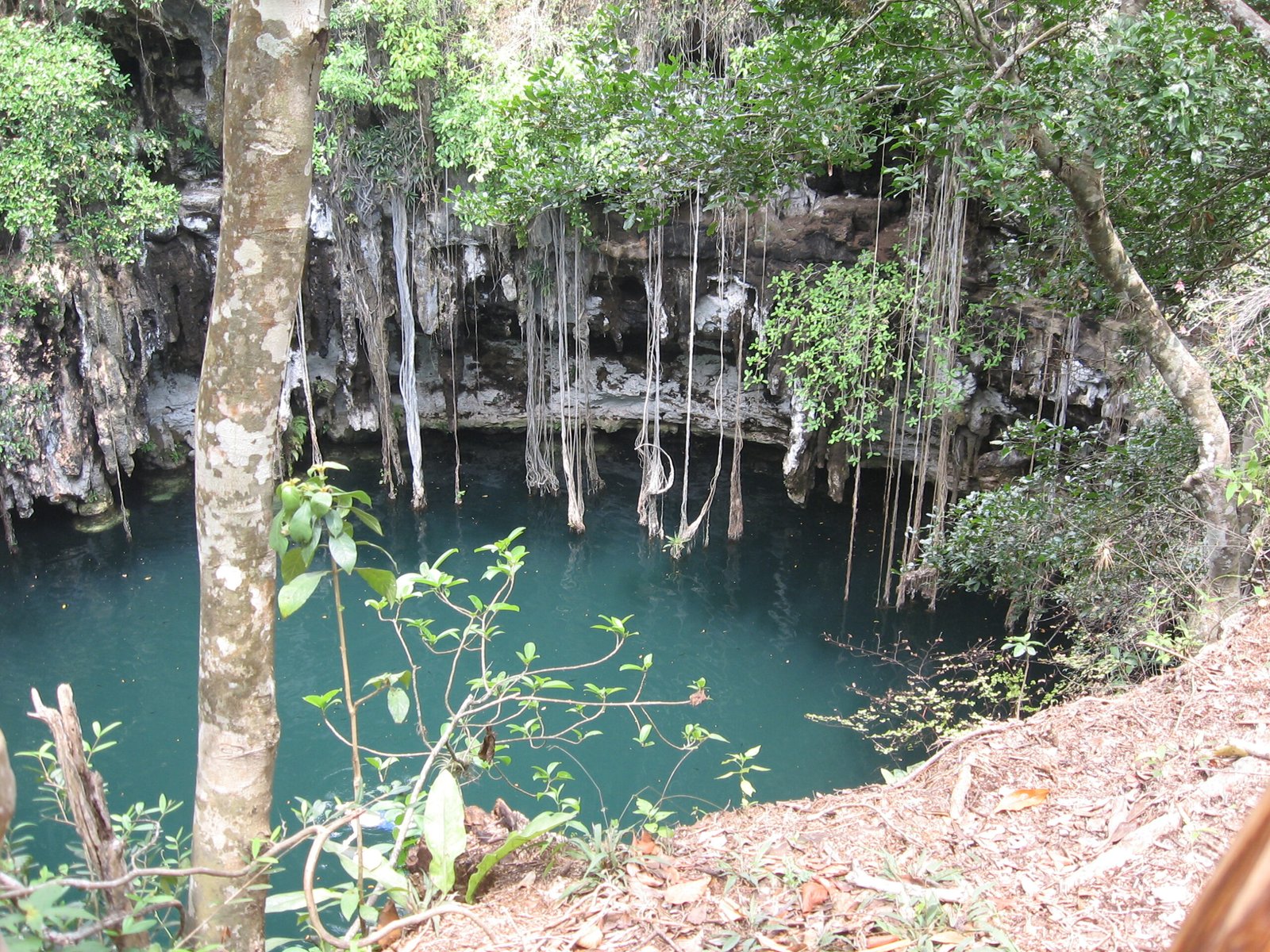
Cenotes are not just holes in the ground—they are natural sinkholes that connect directly to underground rivers and aquifers. Over centuries, the roofs of these underground caves collapsed, revealing freshwater pools that shine like jewels in the jungle. For both animals and humans, cenotes were vital sources of water in an otherwise dry landscape. Some are wide and open to the sky, while others are narrow, with tangled roots dangling into the blue. The geological process that created these cenotes also preserved whatever fell into them, turning them into accidental time capsules. Their crystal-clear waters provide a window to the past, preserving everything from animal bones to ancient artifacts.
Ice Age Giants: Bones Frozen in Time
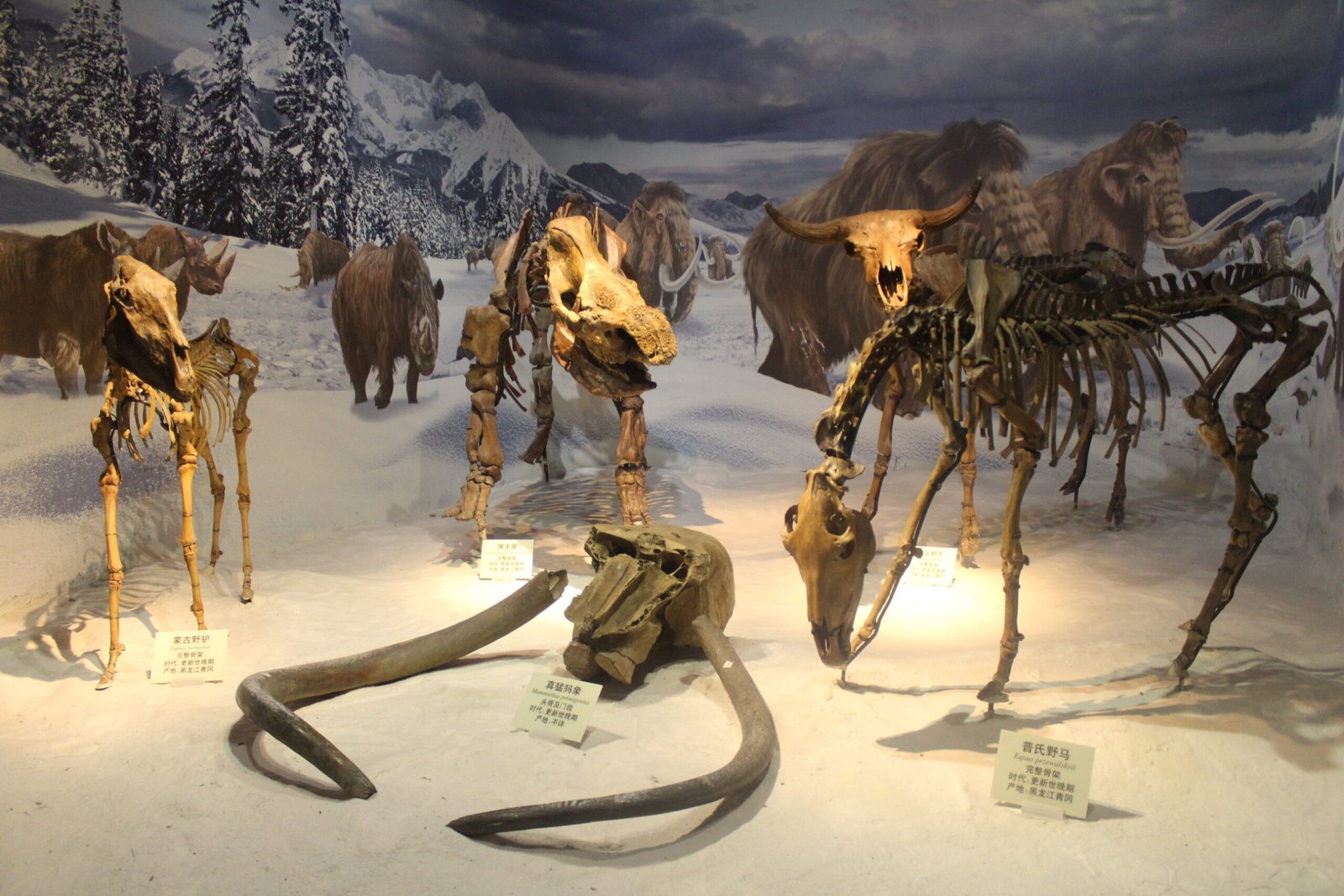
Hidden within these caves are the remains of creatures that roamed the Yucatán during the last Ice Age—mastodons, giant ground sloths, saber-toothed cats, and even ancient camels. Some of these bones are remarkably well-preserved, shielded from decay by the cool, mineral-rich waters. Divers have discovered entire skeletons resting on the cave floors, their bones often still articulated as if the animals simply lay down and fell asleep. Scientists believe that, during the Ice Age, these caves were dry and provided shelter or water for thirsty animals. Tragically, some wandered too deep and became trapped, their bones left undisturbed for thousands of years until modern explorers stumbled upon them.
The Maya and Their Sacred Waters
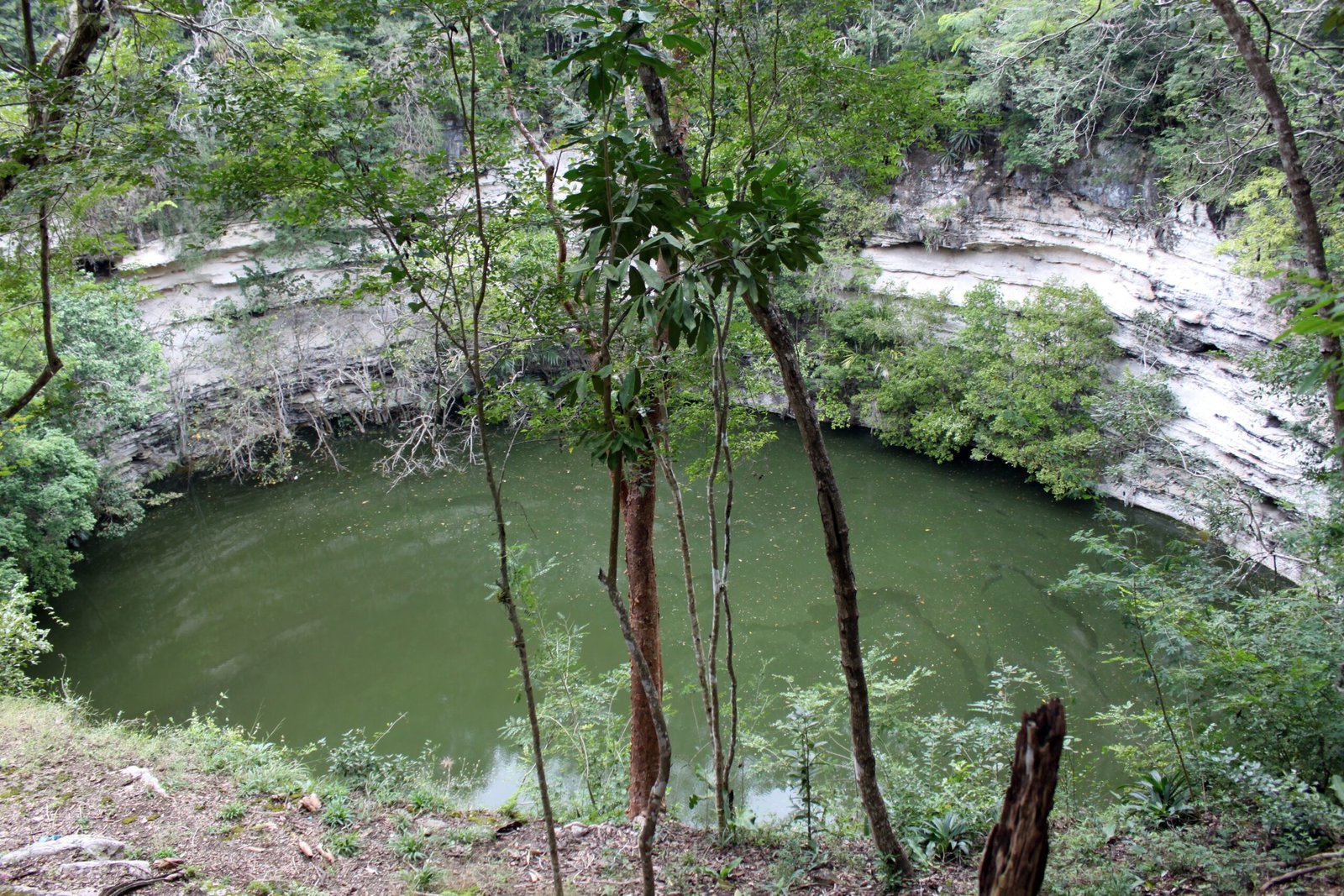
Long after the Ice Age animals vanished, the ancient Maya civilization flourished in the Yucatán. For the Maya, cenotes were not only a source of life but also sacred portals to the underworld, known as Xibalba. They believed these pools were inhabited by gods and spirits, and they performed rituals and sacrifices to honor them. Archaeologists have found evidence of offerings—pottery, jade beads, gold ornaments, and even human remains—carefully placed in the depths of the cenotes. These discoveries have opened new windows into Maya beliefs, rituals, and their connection to the land and water that sustained them.
The Thrill and Danger of Underwater Exploration
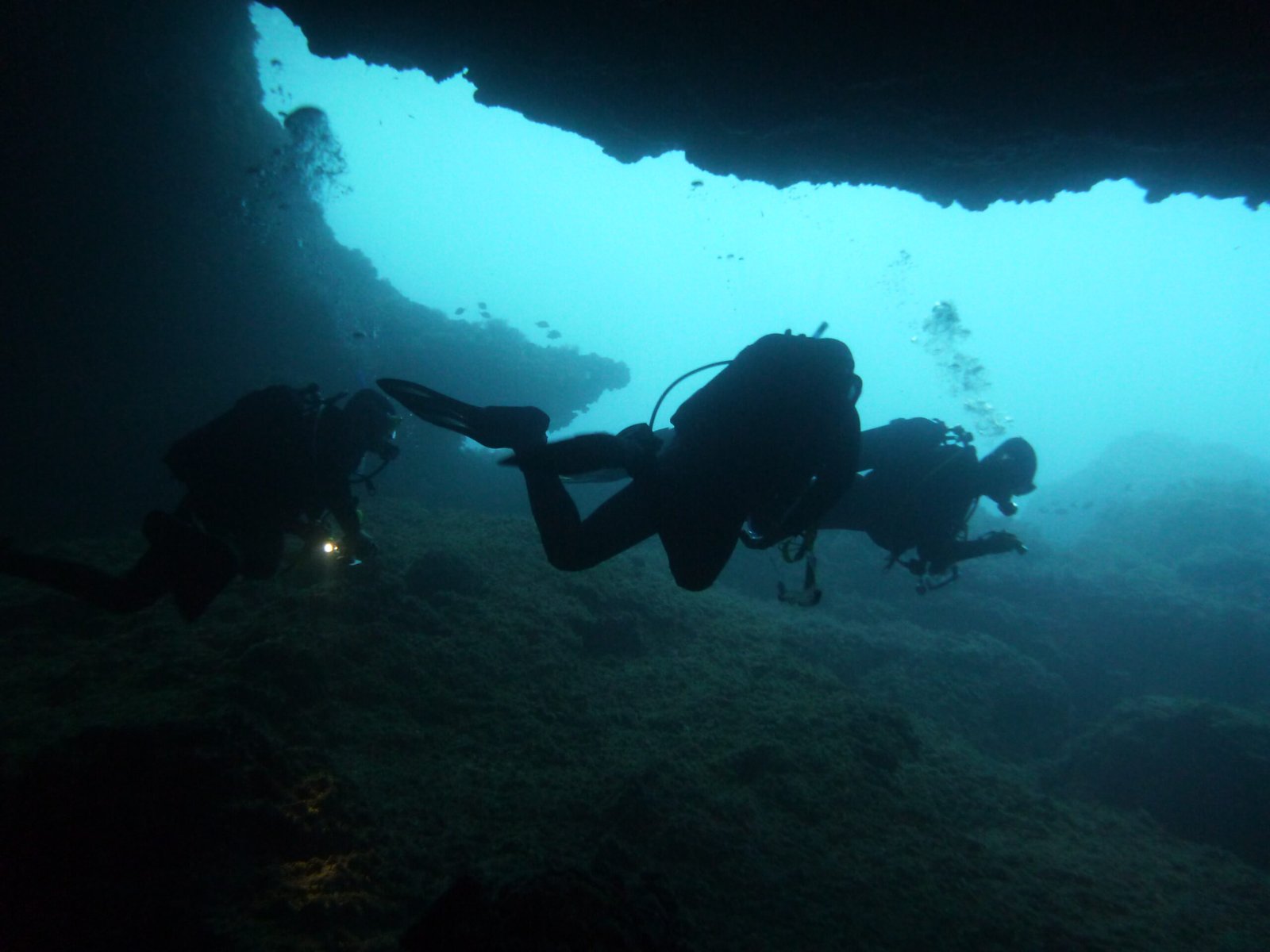
Exploring the underwater caves of Mexico isn’t for the faint of heart. The caves are often pitch-black, with narrow passages that can challenge even the most experienced divers. Silt clouds can reduce visibility to zero in seconds, and one wrong turn can leave divers hopelessly lost. Despite the risks, the allure of discovery keeps cave divers coming back. Many describe the experience as both terrifying and exhilarating, a mix of claustrophobia and wonder. Equipped with lights, reels, and nerves of steel, these explorers are modern-day adventurers venturing into the unknown.
Mapping the Hidden Maze
The full extent of Mexico’s underwater cave systems is still being uncovered. Each year, dedicated teams of divers and scientists map new passages, painstakingly charting the winding tunnels with lasers and underwater drones. Mapping these caves isn’t just about satisfying curiosity—it’s crucial for understanding the region’s geology, hydrology, and even climate history. The maps also help future explorers stay safe, providing detailed routes through these complex mazes. Every new corridor discovered is a reminder of how much is still left to learn beneath our feet.
Ancient Footprints: Human Traces in the Depths
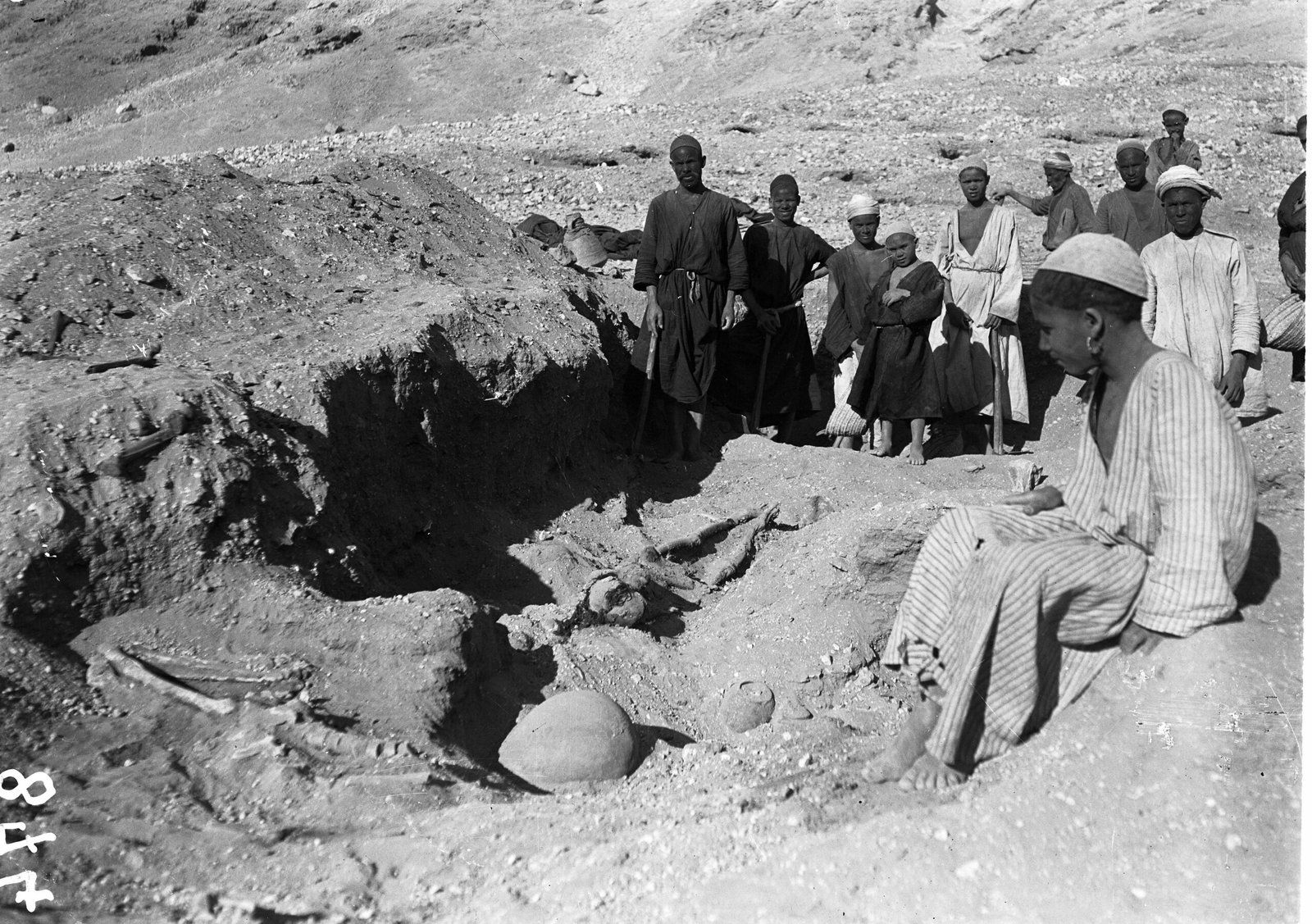
Incredibly, some of the oldest human remains in the Americas have been found in these underwater caves. Skeletons dating back more than 12,000 years have been discovered, offering tantalizing clues about the first people to settle the continent. These ancient travelers likely used the caves as shelters or water sources, not knowing their remains would become invaluable to scientists thousands of years later. The preservation in the caves is so remarkable that researchers can sometimes study DNA, diet, and even signs of ancient injuries. Each new find rewrites the story of human migration in the Americas.
Artifacts of Ritual and Daily Life
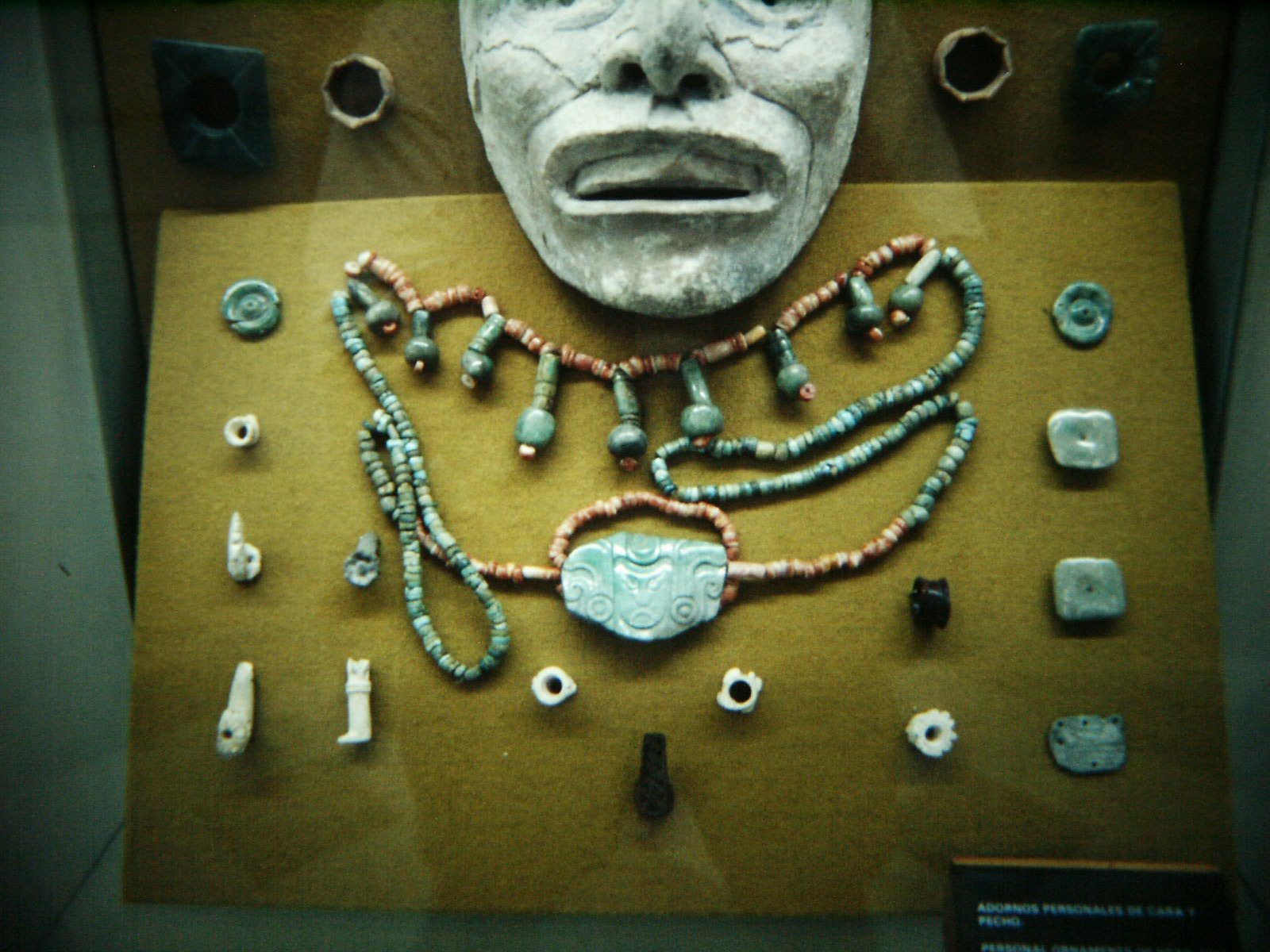
Beyond bones, divers have uncovered a treasure trove of Maya artifacts in the cenotes—ceramic pots, obsidian blades, figurines, and jewelry. Some items show signs of intentional breaking or burning, hinting at ritual use. Others are everyday objects, possibly dropped by accident or left behind during ceremonies. The diversity of artifacts paints a complex picture of Maya life, blending the sacred and the mundane. Each artifact is a tiny, tangible link to people who lived, loved, and worshipped in these jungles centuries ago.
The Science of Preservation Underwater
What makes these underwater caves so special for archaeology is their unique environment. The lack of light, stable temperatures, and low oxygen levels all slow down the decay of organic material. Bones, wood, and even textiles can survive for millennia, preserved like time travelers in a watery tomb. Scientists use these conditions to their advantage, carefully documenting and analyzing every find. The preservation isn’t perfect—over time, minerals replace some of the organic material, turning bones into “fossils”—but it’s often good enough to reveal astonishing details about the past.
Climate Clues Hidden in Stalactites
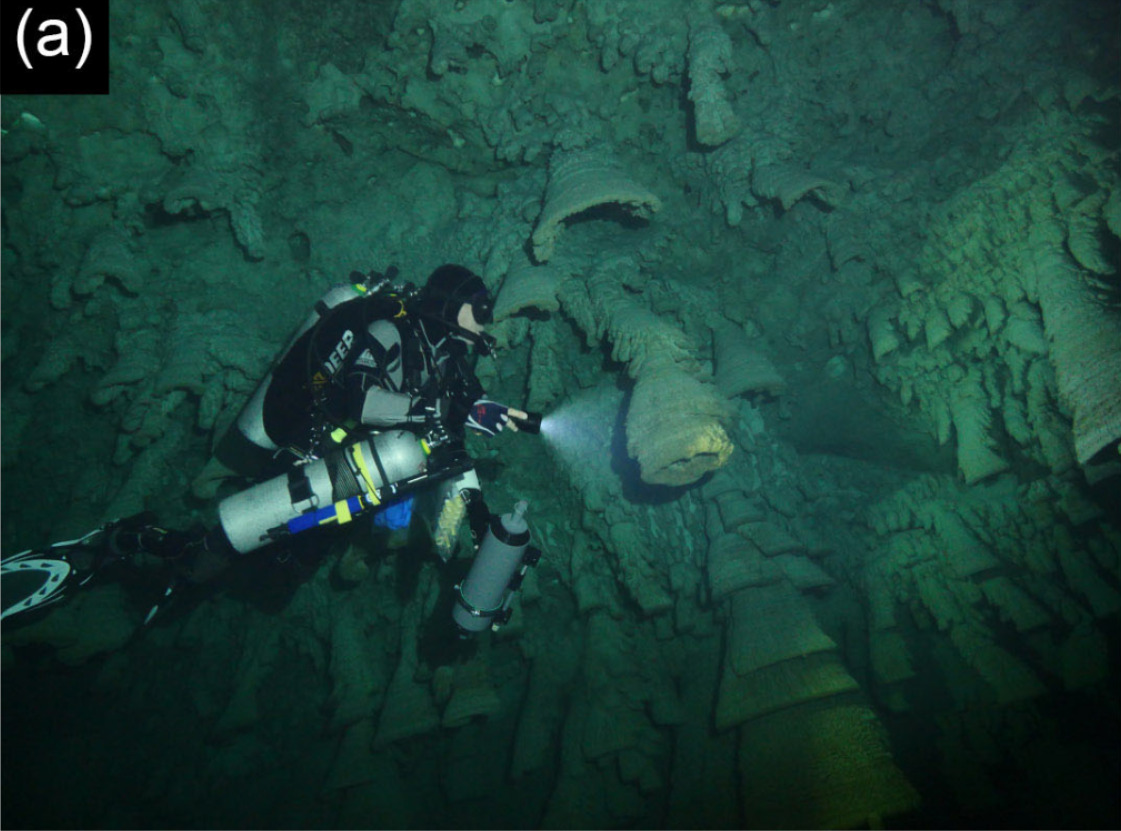
The caves aren’t just full of bones and relics—they’re lined with beautiful mineral formations like stalactites and stalagmites. These formations grow slowly, layer by layer, as water drips through the cave. Scientists study the chemical makeup of these layers to reconstruct ancient climate patterns, much like reading tree rings. The caves record periods of drought, heavy rains, and even volcanic eruptions, offering a hidden diary of the region’s environmental history. This information helps researchers understand how ancient peoples adapted to changing conditions.
Modern Maya Traditions and Cenotes
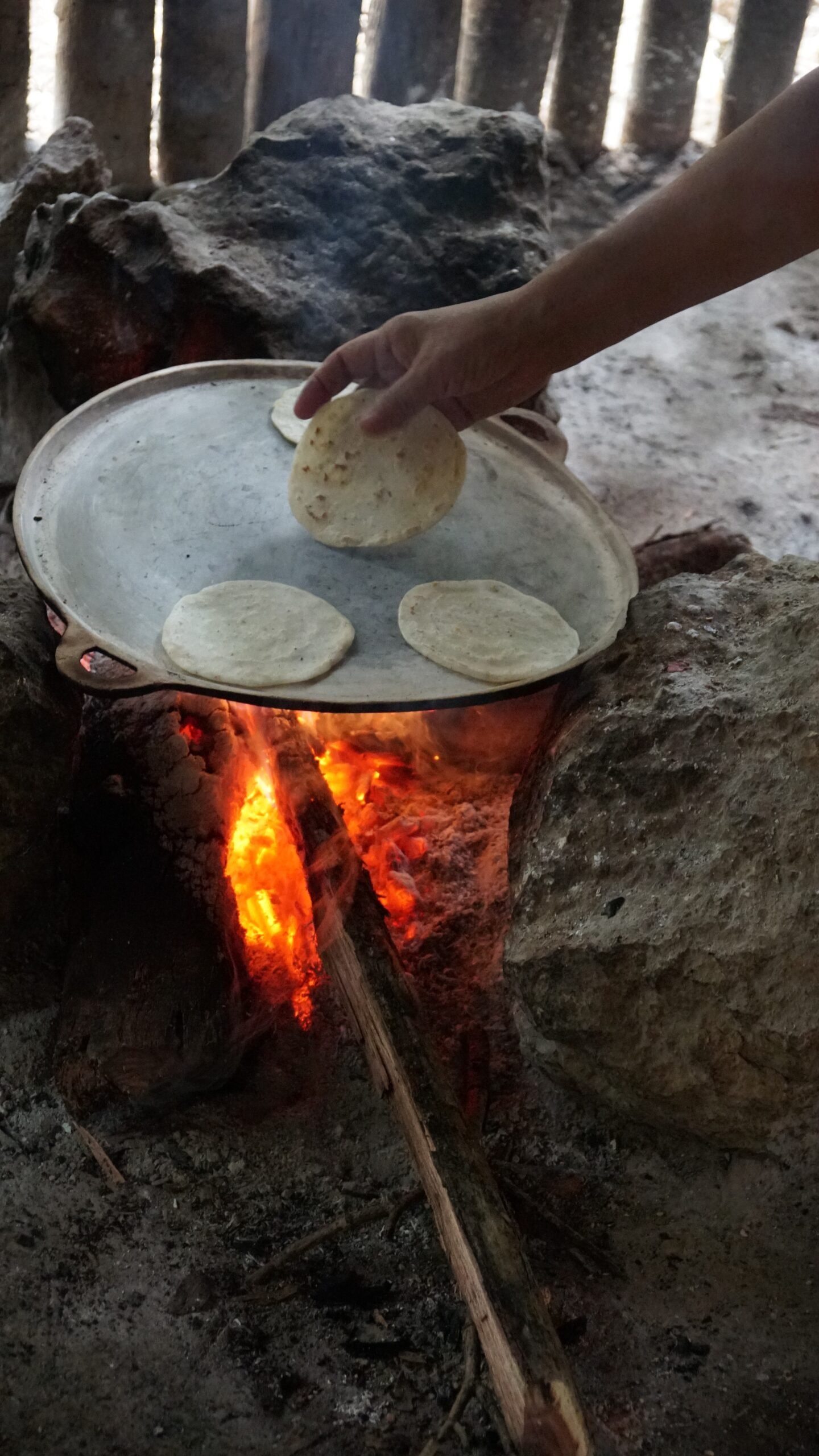
For today’s Maya communities, cenotes remain places of reverence and legend. Many local families tell stories of spirits or magical creatures that live in the deep waters. Some cenotes are still used for rituals, baptisms, and offerings, blending ancient beliefs with modern faith. Visitors are often welcomed, but there’s an unspoken code of respect—no loud noises, no trash, and certainly no disturbing of the spirits. The sense of connection to the past is strong, reminding everyone that these sacred pools are not just archaeological sites, but living parts of the community.
Conservation Challenges and Environmental Threats
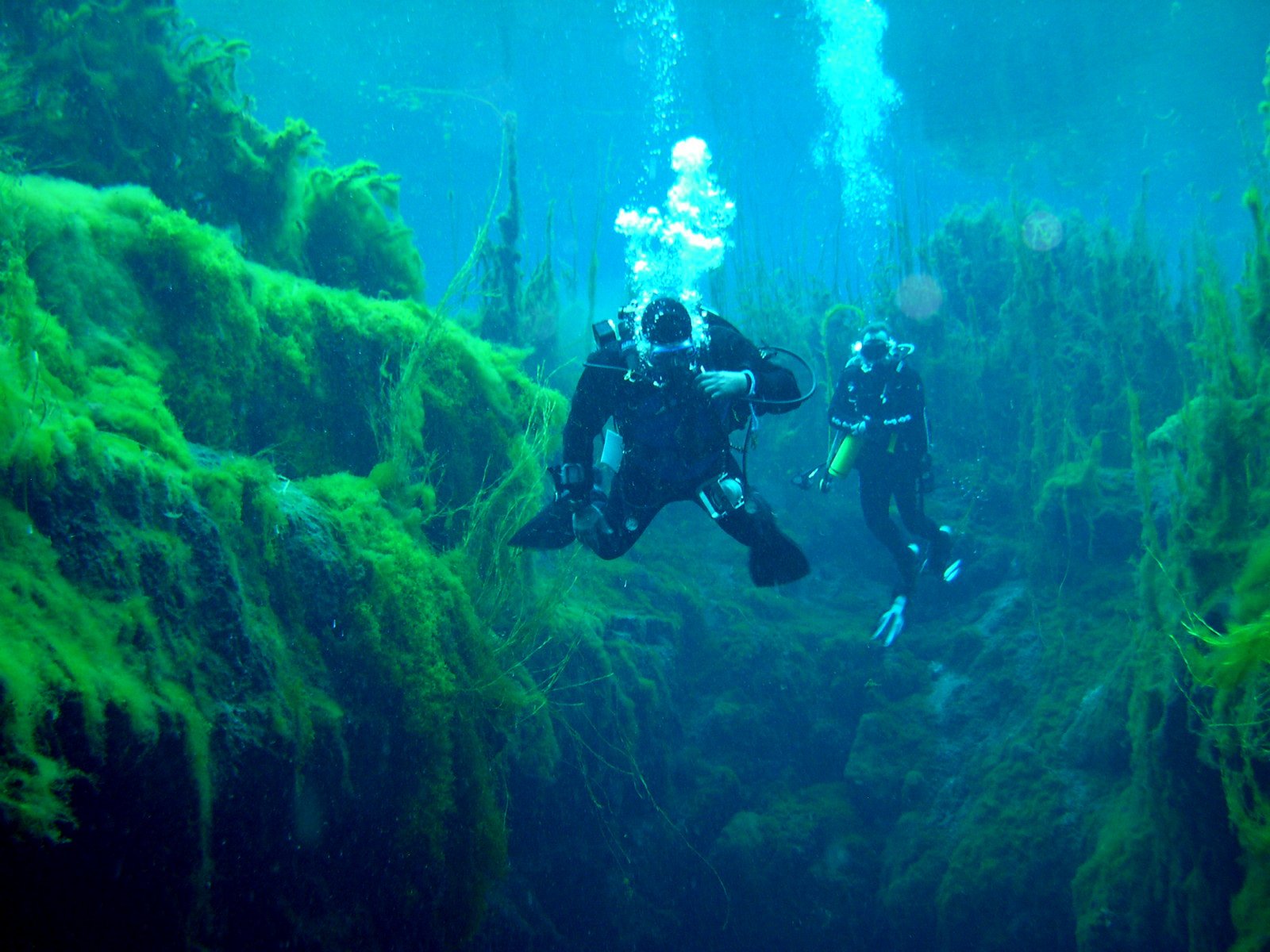
The beauty and mystery of Mexico’s underwater caves are threatened by pollution, tourism, and unchecked development. Runoff from farms and towns can contaminate the delicate aquifers, while careless visitors sometimes damage fragile formations or leave trash behind. Conservationists are fighting to protect the caves, working with local governments and communities to balance tourism with preservation. Some caves are now off-limits to all but researchers, while others have strict rules for visitors. The future of these irreplaceable treasures depends on the choices we make today.
The Role of Technology in Cave Exploration
Modern technology has revolutionized the exploration of underwater caves. High-definition cameras, 3D scanners, and remotely operated vehicles allow researchers to document sites without disturbing them. Drones can map areas that are too dangerous for human divers, while chemical sensors monitor water quality in real time. This new wave of tech-driven exploration means that discoveries are happening faster and with less risk to people and artifacts alike. The digital records created are shared worldwide, letting scientists everywhere study the caves as if they were there themselves.
The Mystique of Unexplored Passages
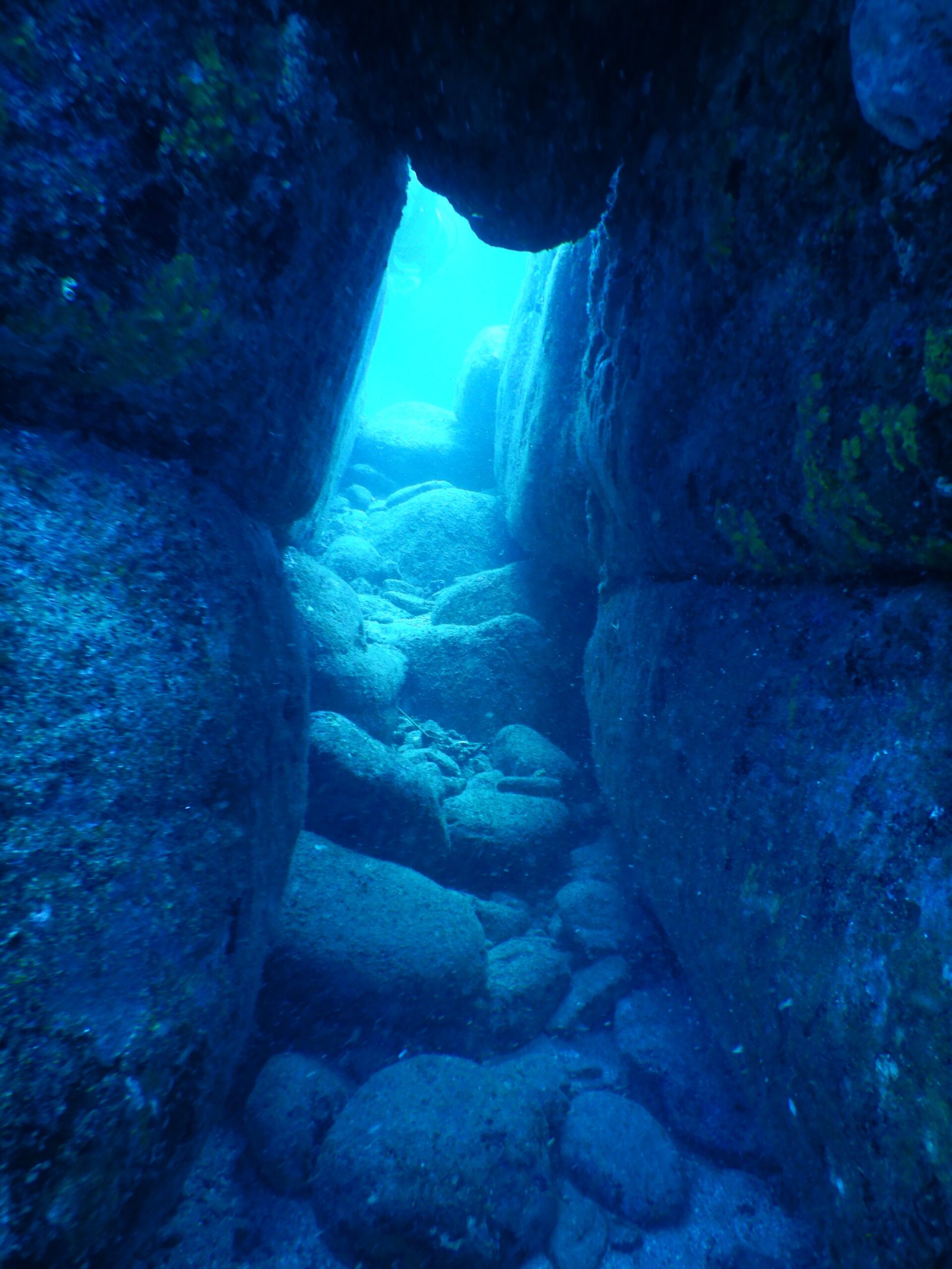
Despite decades of exploration, vast stretches of Mexico’s underwater caves remain unexplored. Some passages are too tight, too deep, or too unstable for even the most daring divers. The unknown creates a sense of mystique, fueling stories of hidden chambers filled with gold, or tunnels that lead to the mythical Maya underworld. For the adventurous, the lure of what lies beyond the next bend is irresistible. Each new expedition is a roll of the dice—sometimes yielding nothing, sometimes revealing finds that change our understanding of history.
Famous Discoveries That Changed History
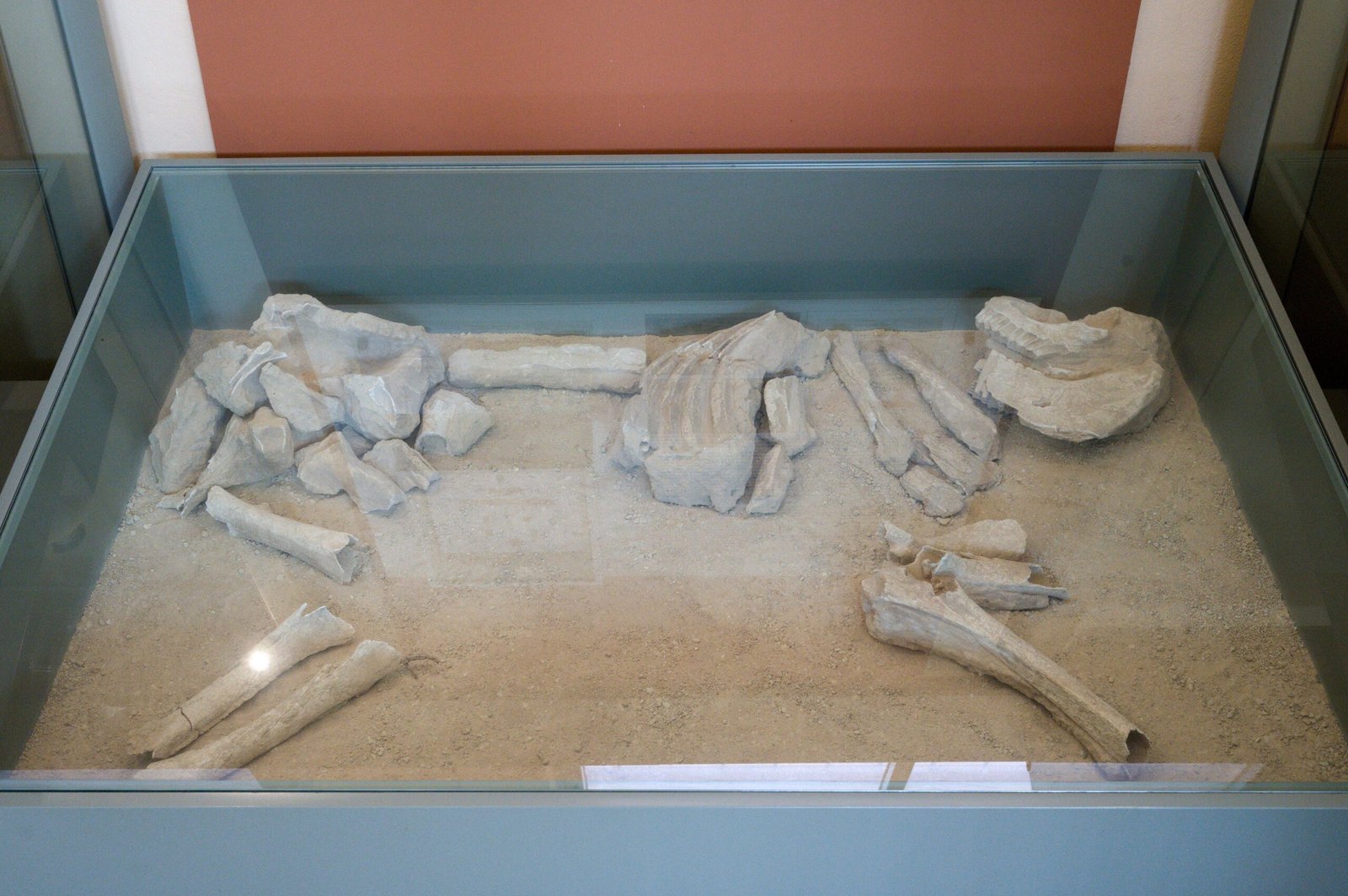
Over the years, a handful of discoveries in these caves have made headlines around the world. The skeleton nicknamed “Naia,” found in Hoyo Negro cave, is one of the oldest and most complete human remains in the Americas, offering rare insights into the lives of the continent’s earliest settlers. Other finds, like the remains of giant Ice Age animals or elaborate Maya offerings, have rewritten textbooks and sparked new questions about how humans and animals adapted to the changing landscape. Each discovery is a reminder that history is always waiting to be uncovered.
Local Legends and Haunting Tales
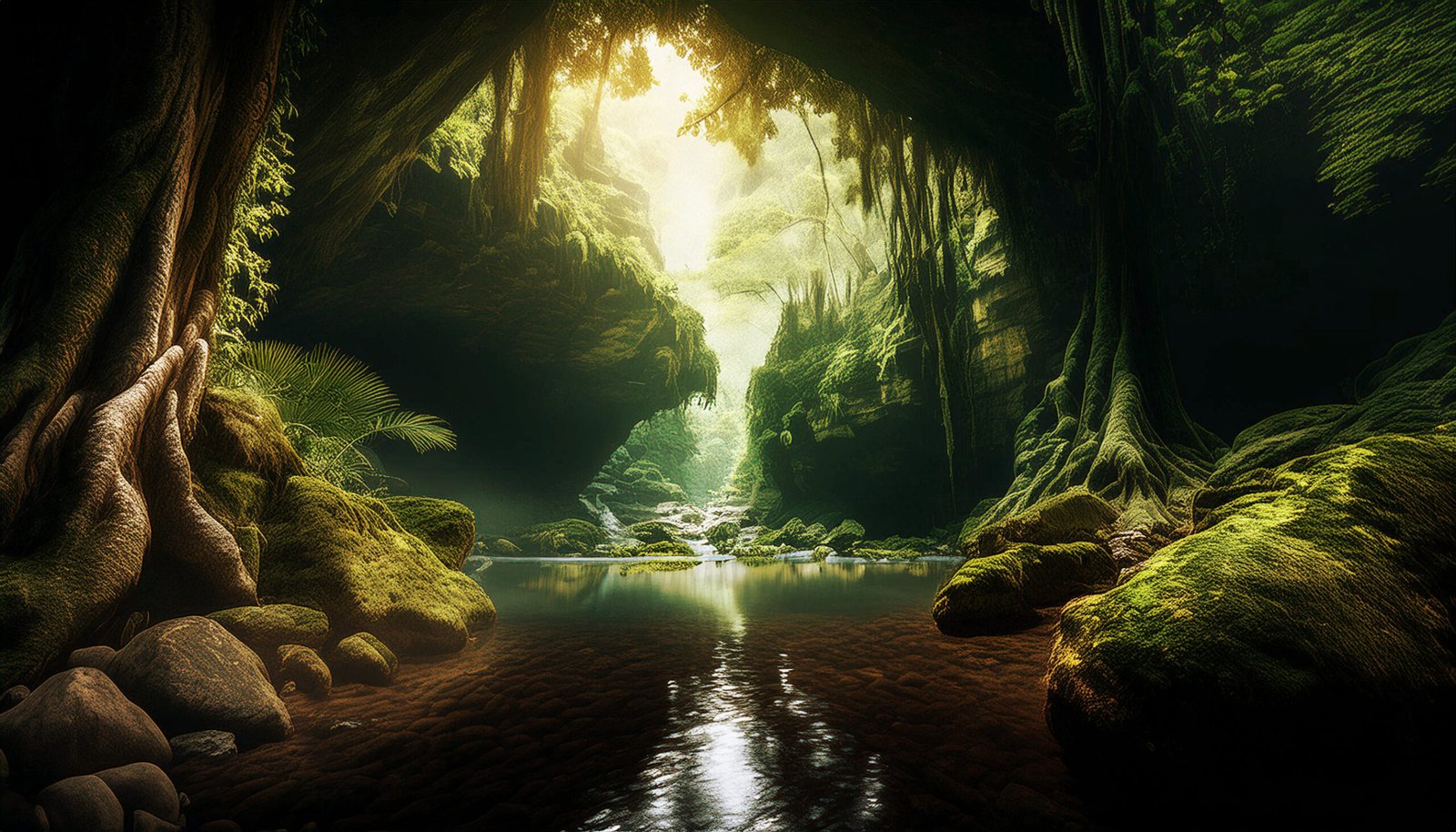
Stories about the caves are as old as the Maya themselves. Locals whisper of spirits who guard the entrances, or lights that flicker deep below the surface on moonless nights. Some believe the caves are gateways to another world, and those who enter without respect risk angering the gods. These legends add another layer of mystery to the scientific discoveries, blending fact and folklore in a way that captures the imagination. For many, the caves are not just archaeological sites, but living, breathing parts of the landscape, full of stories yet to be told.
The Global Significance of Mexico’s Underwater Caves
The underwater caves of Mexico are not just important for local history—they are a global treasure. The fossils and artifacts found here have helped shape our understanding of human migration, climate change, and the rise and fall of civilizations. Scientists from around the world flock to the Yucatán to study its caves, drawn by the promise of discoveries that can’t be found anywhere else. The caves serve as a stark reminder that the earth is full of hidden worlds, waiting for those brave enough to seek them out.
Every Dive Is a Leap Into the Unknown
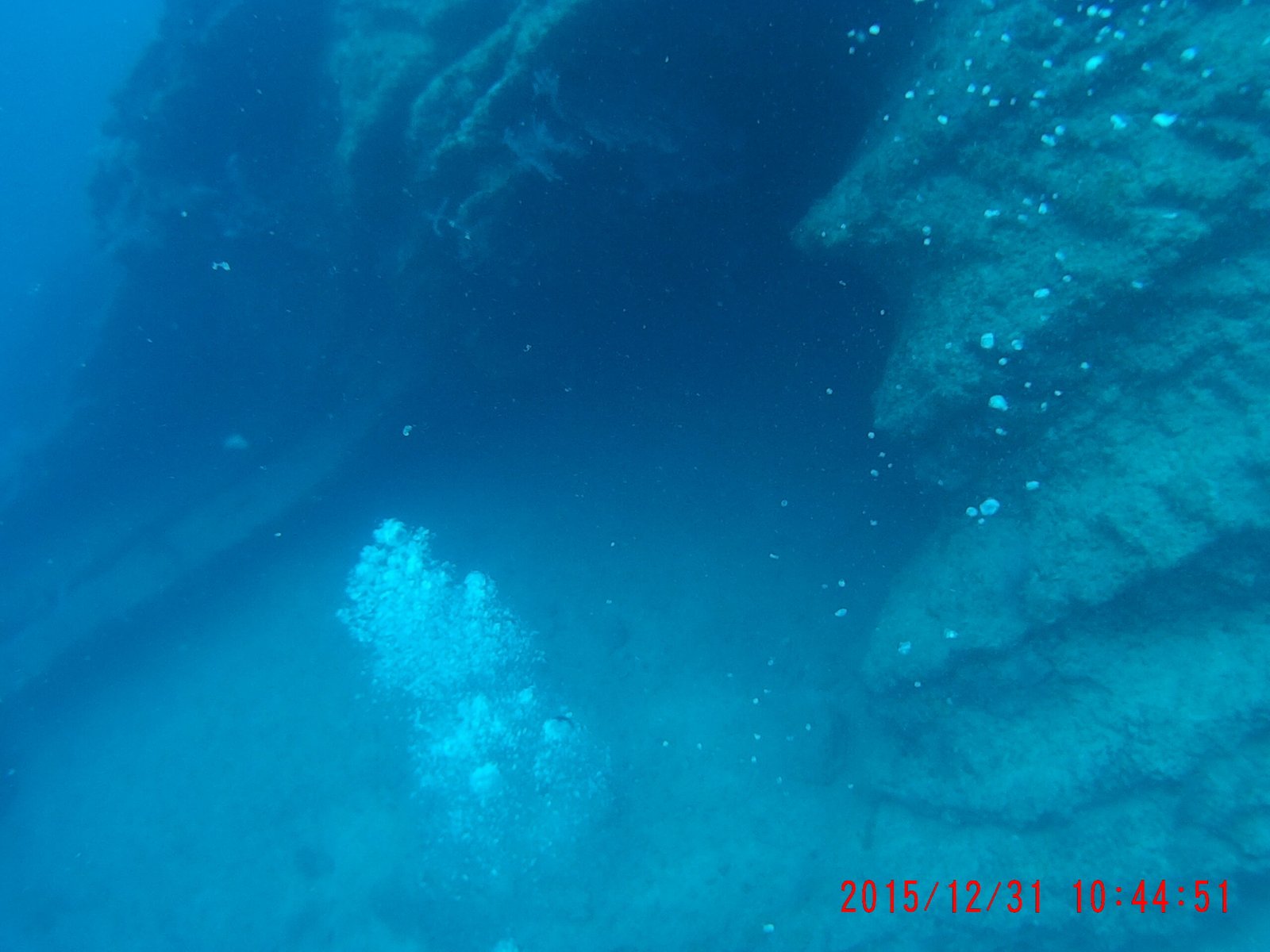
Every time a diver slips beneath the surface of a cenote, they are entering a place where the boundaries between past and present blur. The rush of cold water, the flicker of light on ancient bones, the glint of a Maya artifact half-buried in silt—these moments are as close as one can come to time travel. Each dive is a leap into the unknown, driven by curiosity and a sense of wonder. The underwater caves of Mexico remind us that there is always more to discover, and that the most astonishing secrets can lie hidden just out of sight.




